3 Easy Tips for Planning an Accessible International Trip
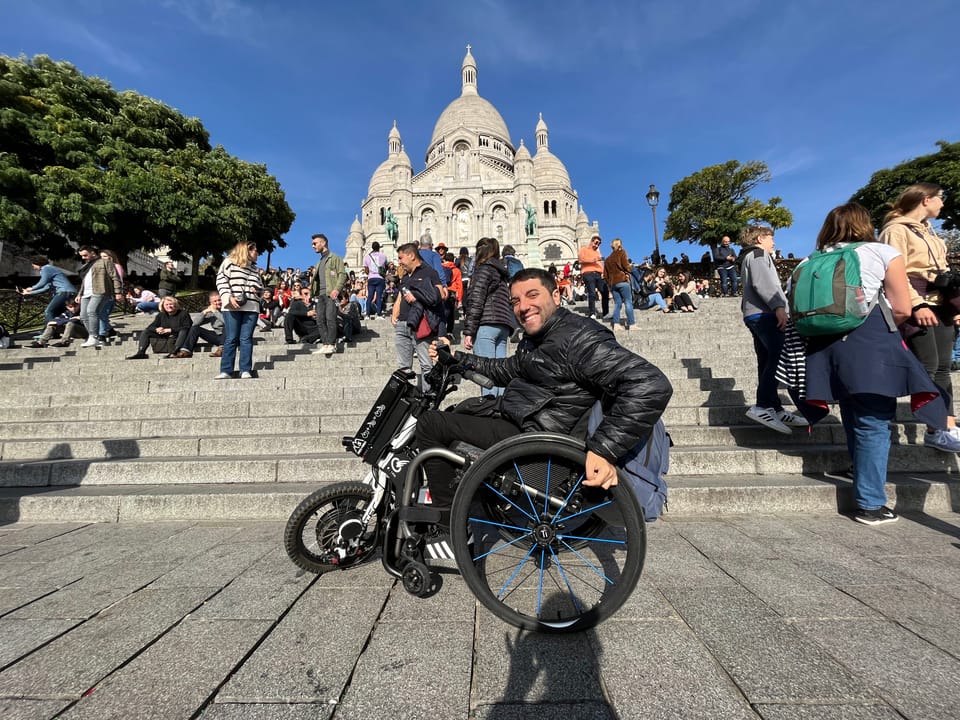
Traveling internationally with a disability isn’t always easy. But it’s absolutely possible—and honestly, worth every bit of planning it takes.
At Wheel the World, we know from experience (and thousands of travelers) that accessible travel isn’t about wishful thinking. It’s about preparation, creativity, and the courage to take that first step.
Here are three practical, real-world tips to help make your next international trip not just possible—but amazing.
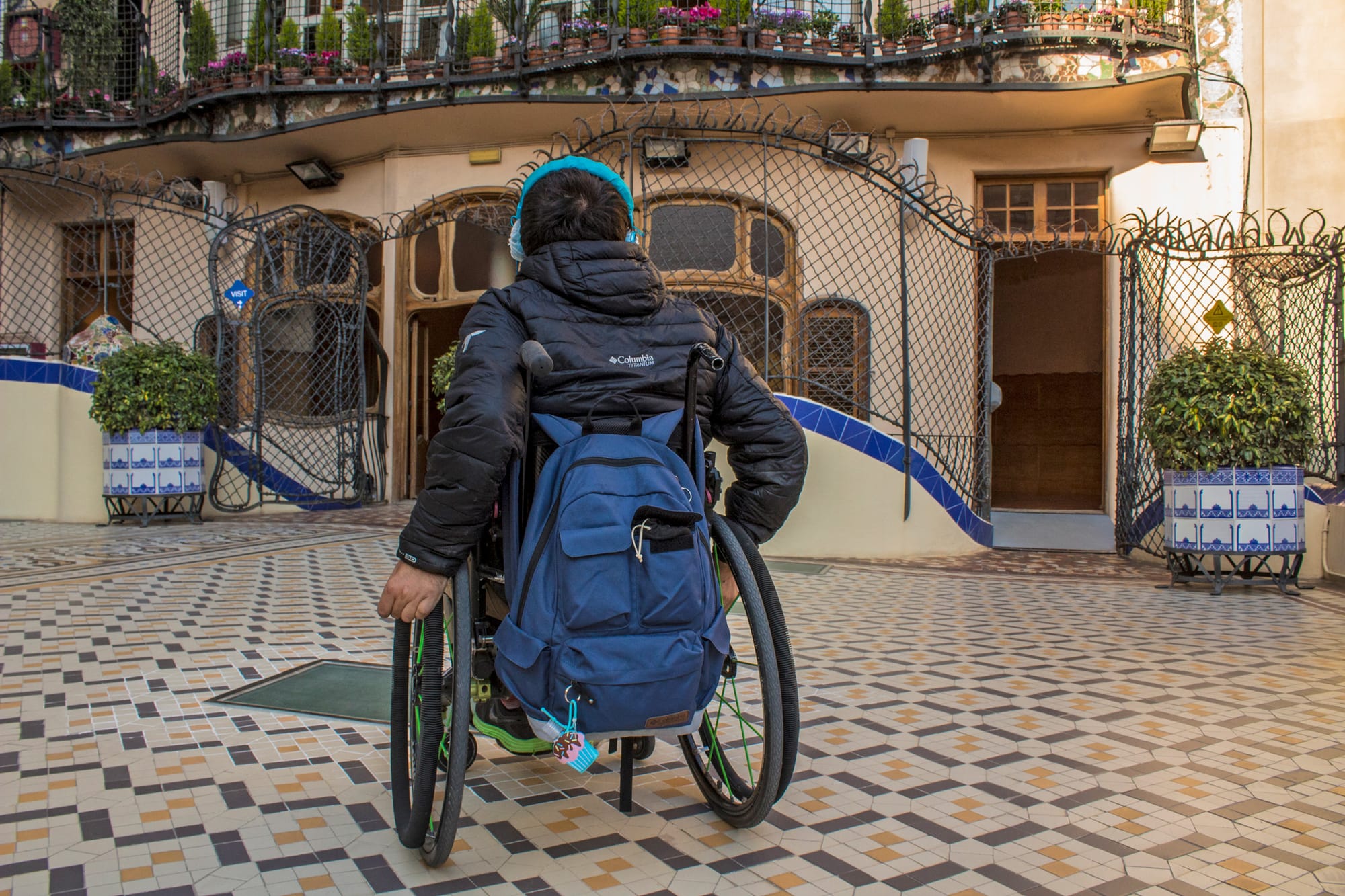
1. Plan with Precision—Because “Accessible” Means Different Things Around the World
If you’ve traveled in the U.S., you might be used to the consistency of ADA standards. Abroad, it’s a different story. Many countries don’t have universal accessibility regulations, and even when they do, they’re often loosely enforced or just plain misunderstood.
Take it from Renee Bruns, a wheelchair user who’s visited over 120 countries:
“I try really hard to do my research beforehand, contact the hotel, and make sure I understand what their definition of an accessible room is. Just knowing that I can get into the bed and use the toilet at the end of a long day is super super helpful.”
Here’s what “planning with precision” actually looks like:
- Don’t trust labels. A hotel might call something “accessible” but leave out that the elevator is broken or the bathroom has a six-inch step.
- Ask clear, specific questions. Is the bed at a height you can use? Is the shower roll-in? Can you reach the sink? Is the entrance flat or ramped?
- Use street-level tools. Google Street View, traveler YouTube vlogs, or even TripAdvisor photos can help you scope out terrain, entrances, and sidewalks.
- Map the full experience. Plan transportation from the airport, identify accessible attractions and restaurants, and locate nearby restrooms.
- Translate your needs. A short note in the local language that explains your accessibility requirements can be a lifesaver.
Also: plan your itinerary and days out specifically, and figure out the best way to get there. If you can snag an accessible hotel in a prime location, you might be within rolling distance of must-see attractions, restaurants, and sites. Whether you’re rolling directly or using public transit, mapping out your routes in advance will give you peace of mind knowing the day is manageable. Google Maps and street view tools are incredibly helpful for visualizing each segment of your trip.
Sofia, another globe-trotting wheelchair user who completed a 40-day trip across three continents, put it simply:
“The success was due to the detailed research of the locations and the planning done in advance.”
Planning doesn’t limit your experience—it gives you the freedom to enjoy it.
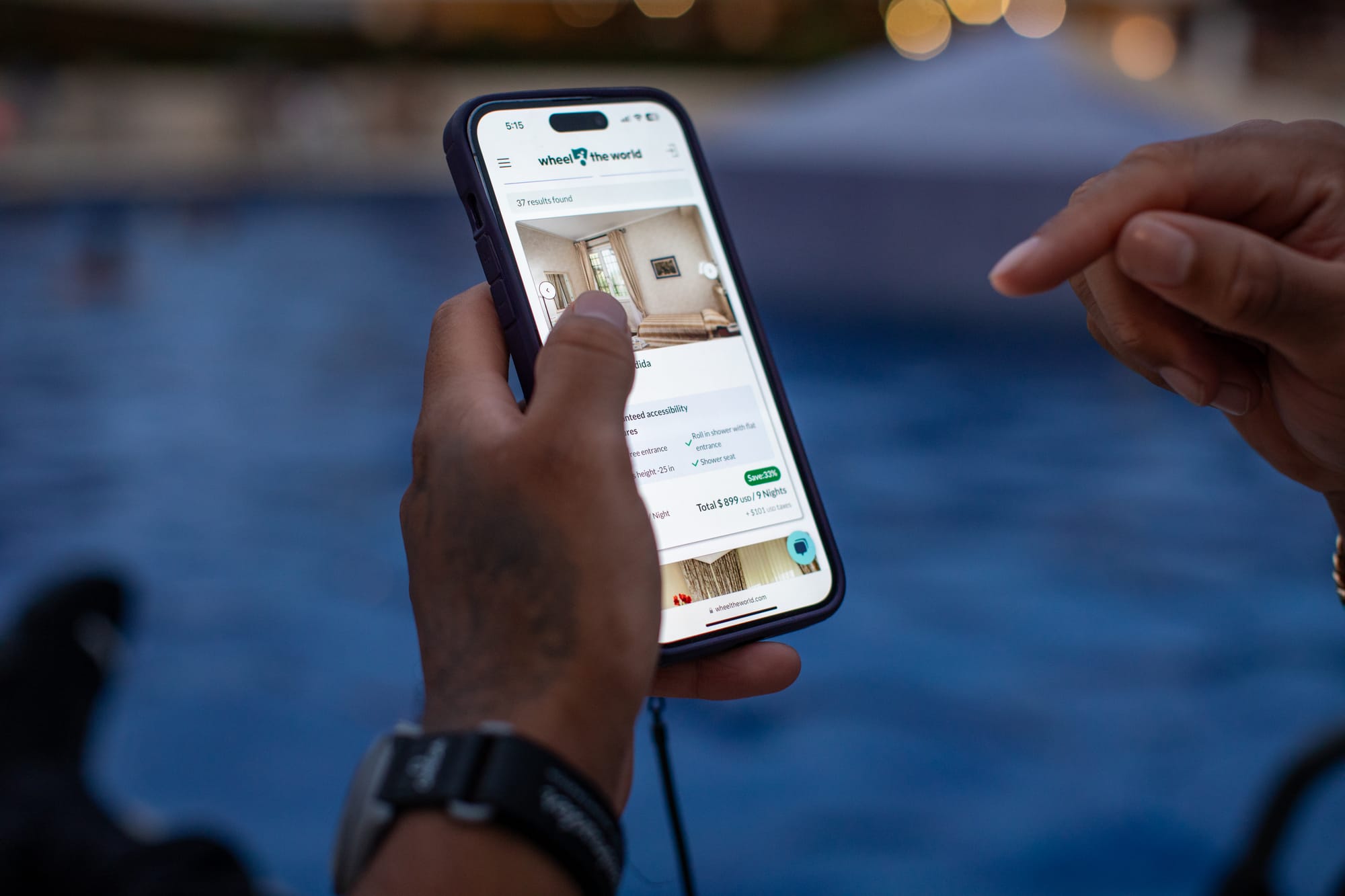
2. Pack Light—Because You’re Already Managing Enough
This one doesn’t get talked about enough, especially in the accessible travel world. The reality? Every extra item you carry is one more thing to lift, transfer, track, or troubleshoot in a place that might not be built for ease.
Renee, who often travels solo, shares this blunt truth:
“It’s hard to navigate a wheelchair and luggage alone. If I can get everything into a backpack, I do.”
Why packing light matters more when you have accessibility needs:
- Easier transfers. Whether it’s getting into a taxi, up a ramp, or onto a train, less stuff means less stress.
- Better mobility. Lighter luggage fits better in elevators (if they exist), and is easier to manage on uneven terrain or tight spaces.
- Lost luggage? Delayed flights? Having all essentials—medications, adaptive tools, charging cables, and a day’s worth of clothing—in your carry-on keeps you in control.
- Independence. If you’re traveling solo or don’t want to rely on others, lighter bags = more autonomy.
Try packing cubes. Use a checklist. Be honest about what you actually need—and what you’ve brought on past trips and never used.
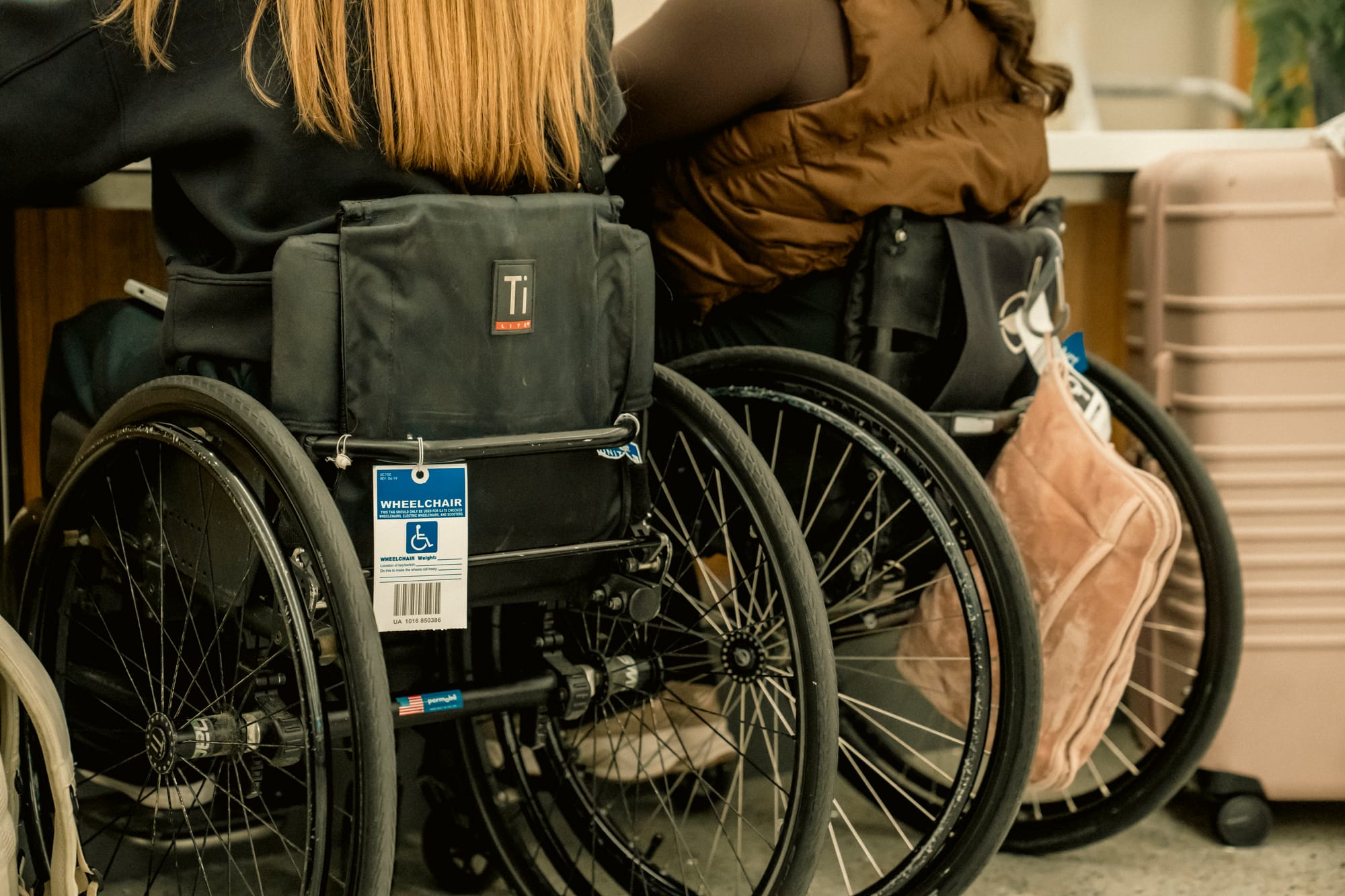
3. Tap Into the Community—They Know What Google Doesn’t
Here’s the truth: the best accessible travel tips are from people who’ve already done it.
Want to know which subway lines in Tokyo are best for wheelchair users? Or which beaches in Portugal have boardwalks to the water? You won’t find that in a hotel FAQ. But you will find it within the community.
Start here:
- Join our Accessible Travel Facebook Group of over 35,000 members – Ask questions, swap tips, share stories, and get answers from people who get it.
- Look up Instagram creators and travel vloggers who travel with disabilities—they often show what accessibility really looks like on the ground.
- Follow blogs like Justgo by Sofia, Curb Free With Cory Lee, and others where they shares detailed recaps, advice, and encouragement from their personal experiences.
- Check other forums like Reddit or Quora - these are other resources where you can ask your own questions or find conversations that have already happened.
The disability travel community is generous, experienced, and growing. They’ll tell you which places were amazing, which ones to avoid, tips, and advice.
And beyond tips, they’ll remind you you’re not alone. That others have done this. That you can too.
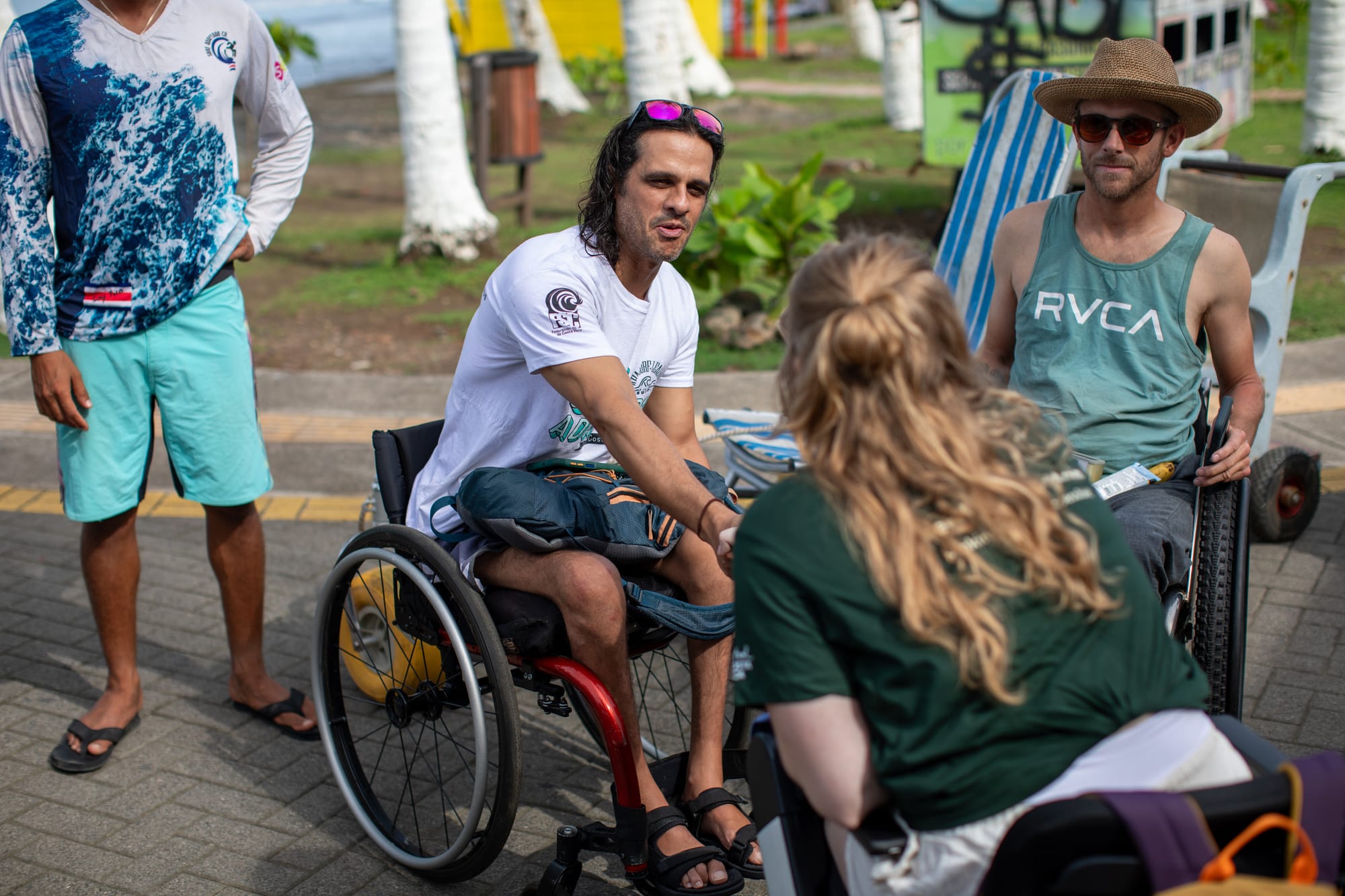
You Don’t Have to Be “Brave.” You Just Have to Begin.
No one is saying it’s easy. Renee herself admits she was scared out of her mind when she left her corporate job to travel the world solo in a wheelchair. But she also says this:
“Every time I get to a new place, I have this feeling of ‘this is exactly where I need to be.’”
Accessible international travel isn’t a pipe dream. It’s a puzzle—and the pieces are already out there.
So plan with intention. Pack with clarity. And lean on the people who are already out there making it happen.
Your world is waiting.
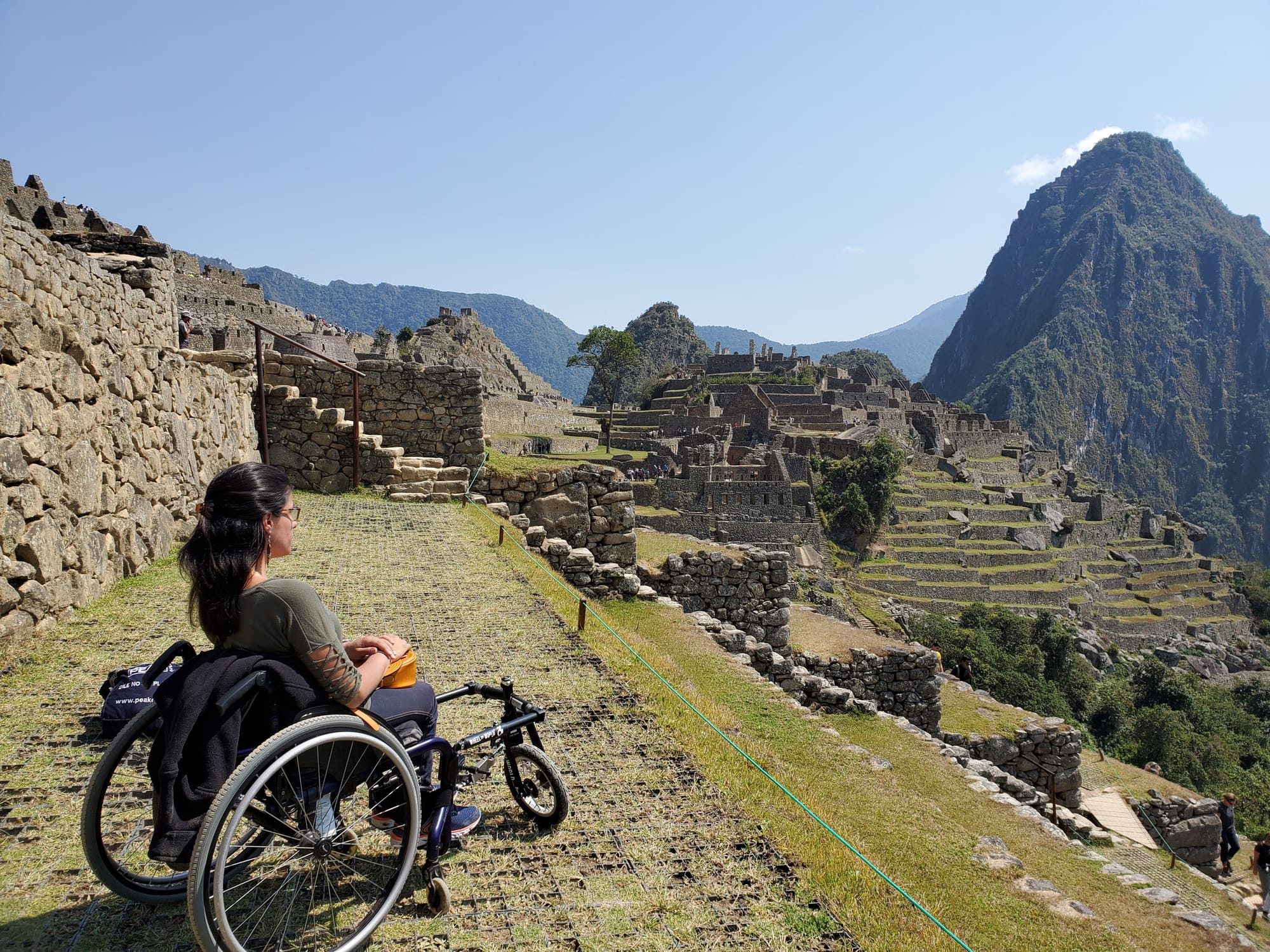
Plan your next adventure with your accessibility needs covered
Find hotels, experiences, vacation packages, & more with detailed information.
Search Accessible Travel

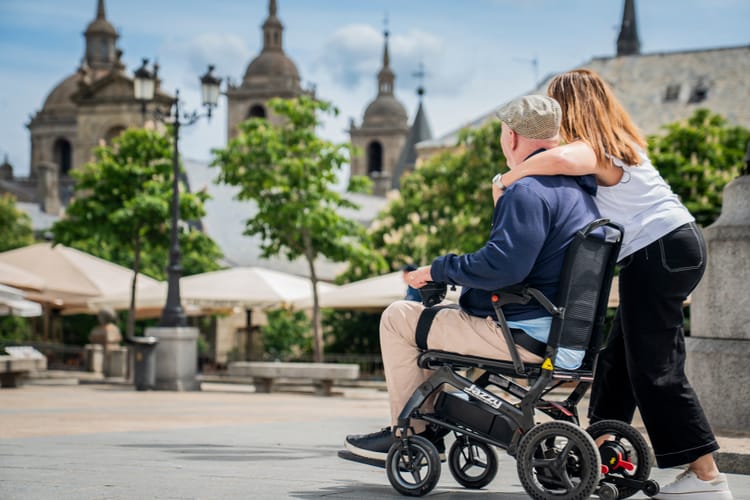
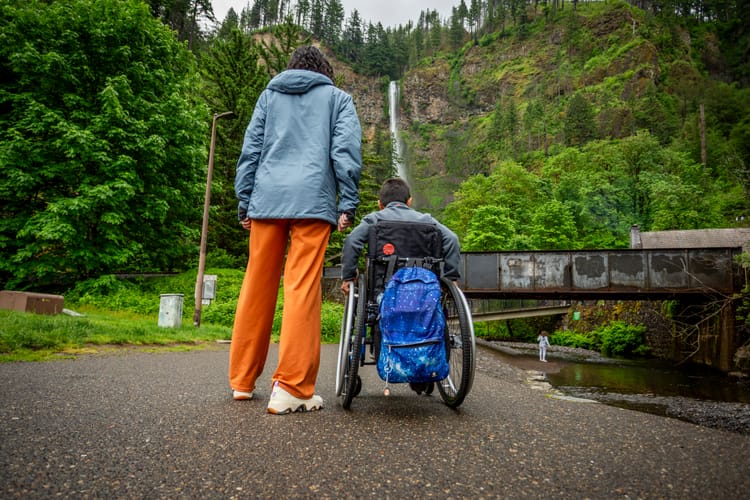
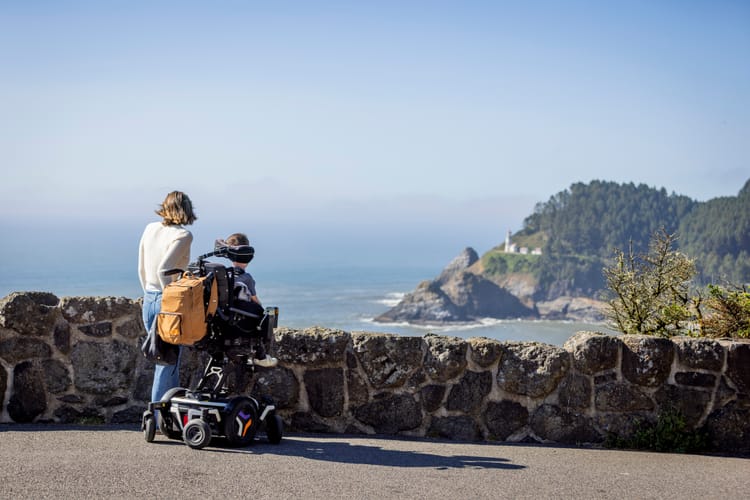
Comments ()